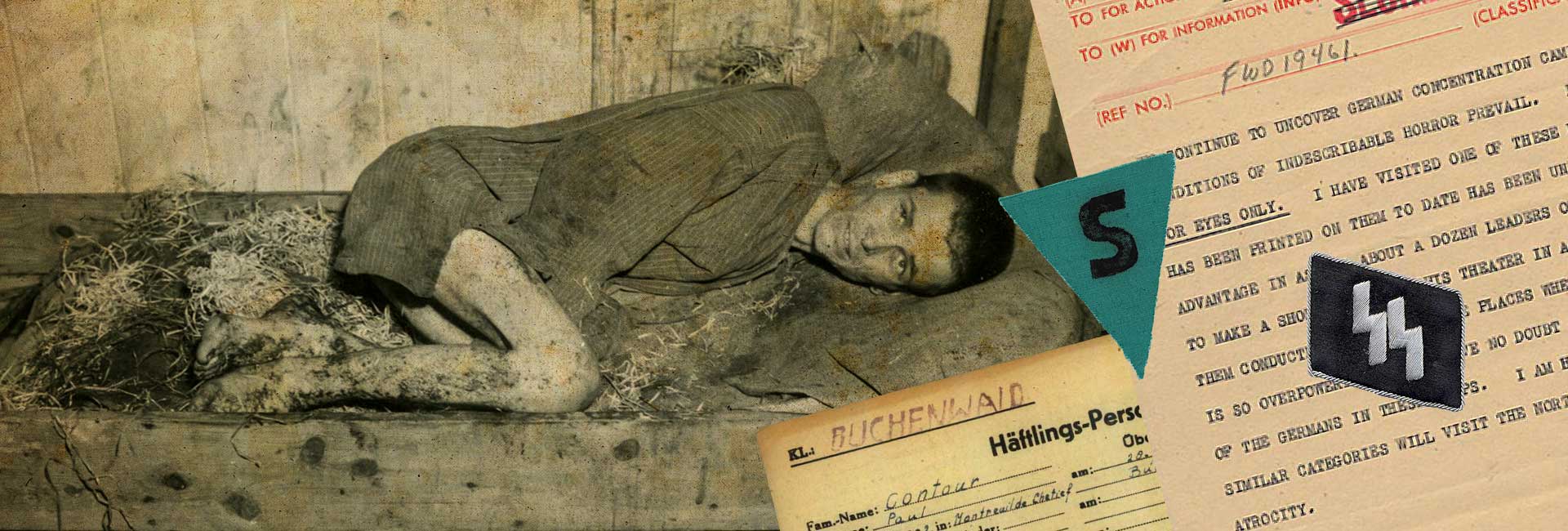
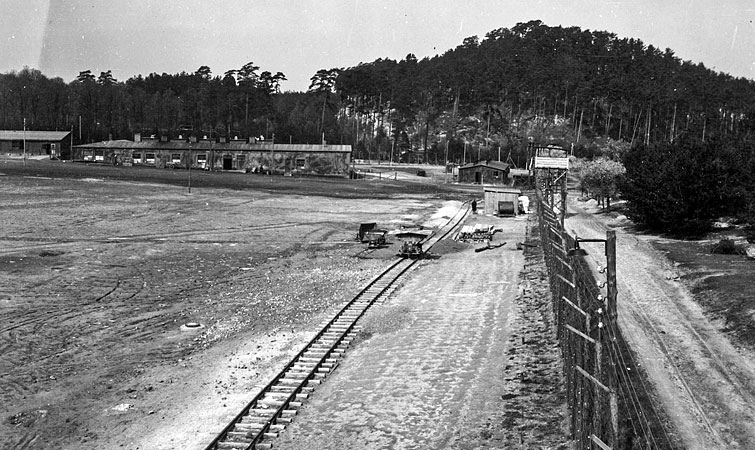
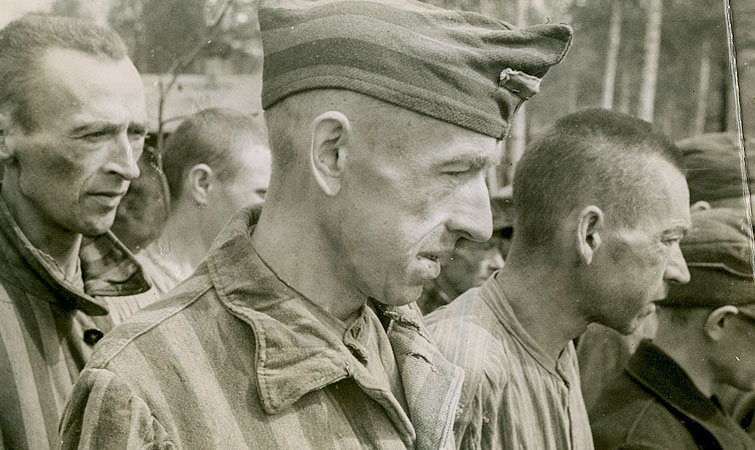
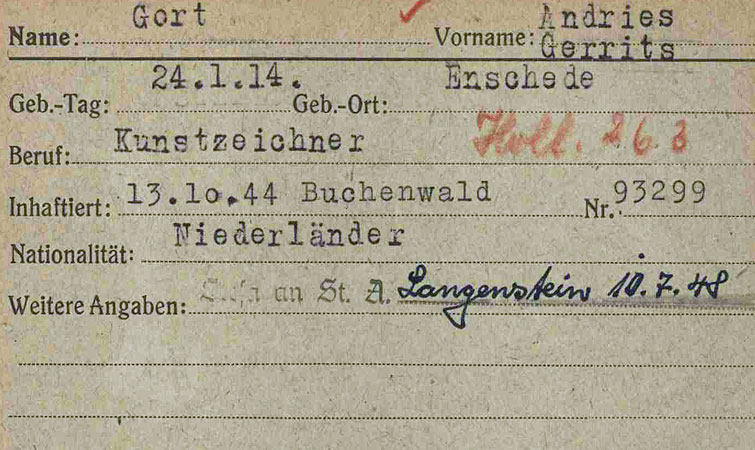
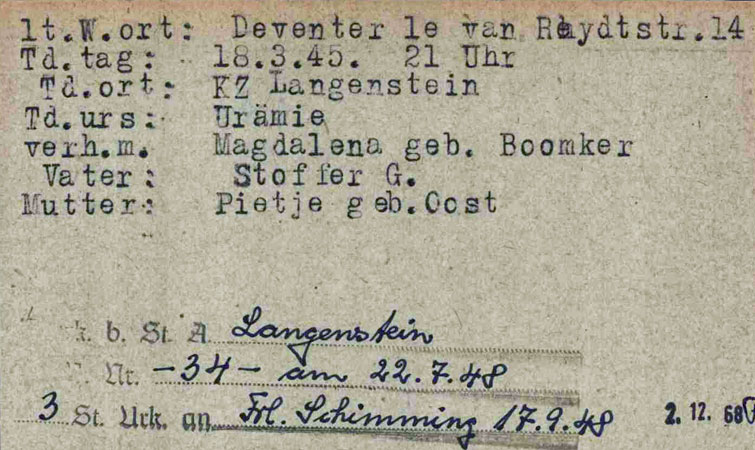
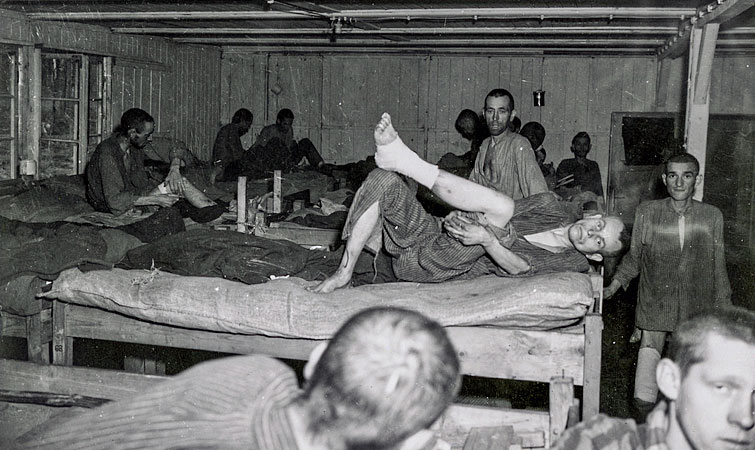
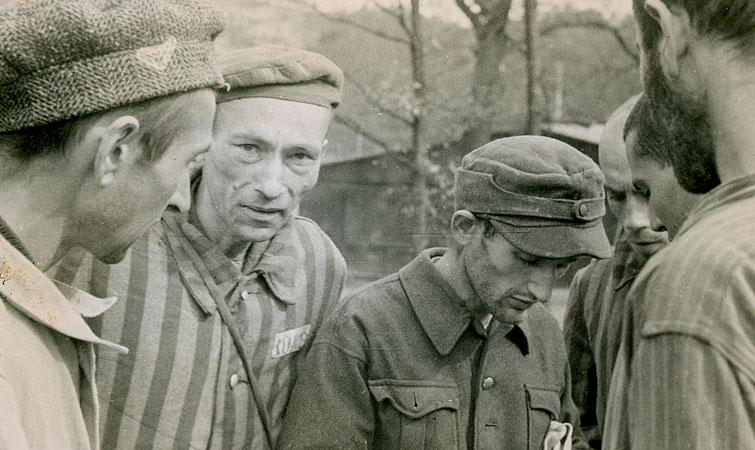
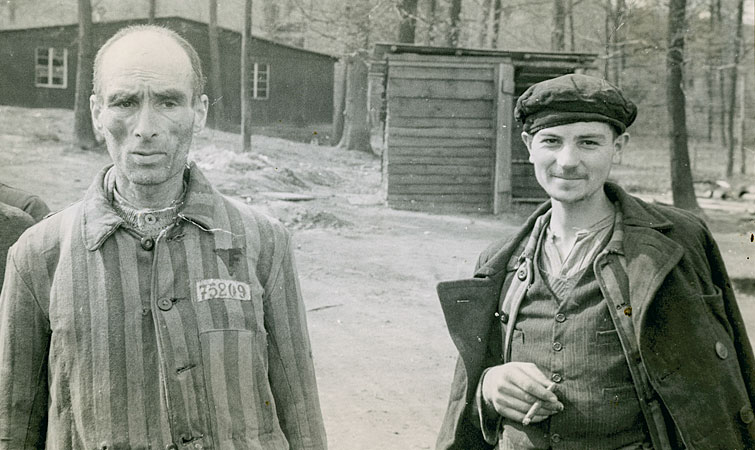
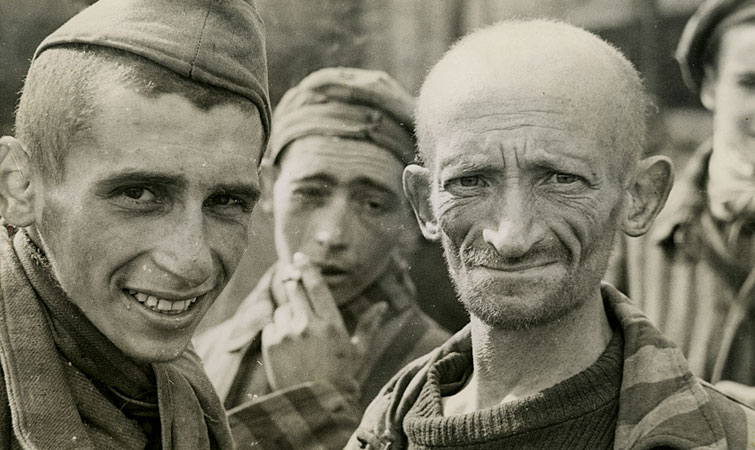
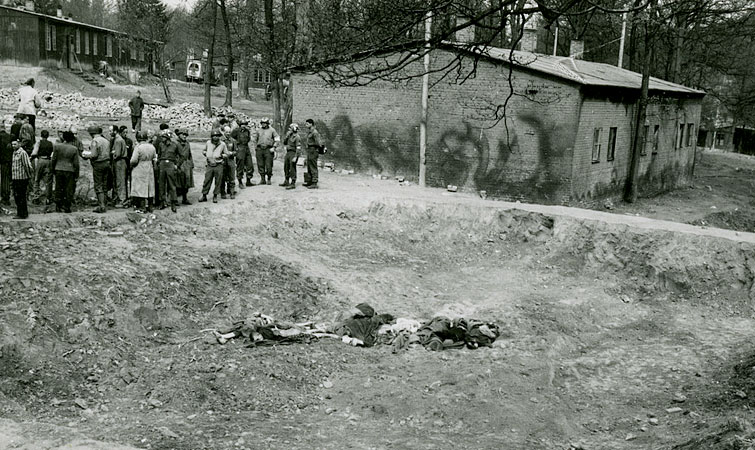
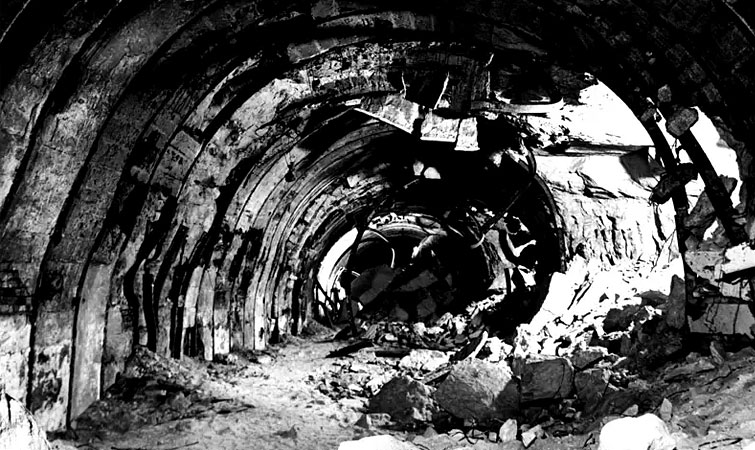
- Area of the entrance to the camp train tracks, barbed wire electrical fence and barracks
- Survivors from the Langenstein-Zwieberge concentration camp.
- Andries Gort from Deventer died in Langenstein-Zwieberge
- Andries Gort from Deventer died in Langenstein-Zwieberge
- Survivors receive medical treatment in the Langenstein-Zwieberge concentration camp.
- Survivors from the Langenstein-Zwieberge concentration camp.
- Prisoners the man on the left is Paul Contour (75209)
- Some of the prisoners who survived
- Corpses lie in a sunken mass grave outside a barrack of the Langenstein-Zwieberge concentration camp while survivors gather nearby.
- The tunnel systems was massive
Facts about Langenstein-Zwieberge
The subcamp we know today as Langenstein-Zwiebere is located in Zwieberge, 3 km east of Langenstein and 6 km from Halberstadt in the Langenstein (Harzvorland) Saksen-Anhalt, Germany.
The first group of prisoners arrived from Buchenwald on 21 April 1944, and consisted of 18 prisoners. Among them the oldest Hans Neupert and Dr. Raine, were told to prepare the camp for first transport. They were first housed in an inn on the outskirts of Langenstein, then the convoys followed one another, pending the completion of the construction of the camp, in a still existing barn, located at the exit of the village. The 1st transport of 200 prisoners arrived on 27 April 1944, 30 from the east, 68 Russians and 102 Poles.
Construction of the camp was completed in August 1944 and the perimeter fence was electrified; seven blocks plus the outbuildings (Infirmary, kitchen, etc.) replaced the inn and barn. When the number of inmates reached ± 5.000 inmates in February 1945, the total of barrackes was eighteen. The workforce then dwindled down to 4.000 people in early April 1945, causing the number of deaths to far exceed the number of new arrivals. In the week of March 19 to 25, 1945, Langenstein-Zwieberge had 1308 dead and reached the sad privilege of having the highest mortatilty rate of the Buchenwald subcamps.
Working in the tunnel system
From the first days of their arrival, the deportees began to dig a tunnel system names "Hermann Goering" in the Thekenberge Hills. In ten months, at the cost of terrible suffering, nearly 10 kilometers of galleries covering 60.000 square meters were built and partially completed. Some were big enough to hold trains of about twenty wagons.
Roll call was early everyday at 3:30 a.m. After the call for departure "to the tunnel" we where herded like cattle to the underground factory. Supervised by the SS and their dogs, . We had learned to sleep while walking. Life expectancy for those unlucky prisoners to work there was only six weeks.
About 60% of the 8.000 to 10.000 prisoners who were imprisoned in Langenstein-Zwieberge in the period it was operational, died. Prisoners were sent to the camp from all regions invaded by the Nazis. Inmates included Jews, political prisoners, prisoners of war and 'anti-socials', such as criminals, homosexuals, Roma, and Vagrants. Living conditions were primitive, food scarce, and disease rampant. The SS camp commandant Paul Tscheu, was notorious for his cruelty, beatings, lengthy torture sessions, and hangings. The murder of prisoners was a common occurrence.
The work was done in two shifts of twelve hours in appalling conditions due to lack of air, in the dust, under the blows of the kapos and Vorarbeiter (team leaders, prisoners). Many of the prisoners returned to the camp exhausted, suffocated and drained, not even having the strength to eat their soup.
Junkers
The idea of an underground tunnel system (the same as Mittelbau Dora) was to conceal the production plant of the Junkers company, from Allied bombing runs. The purpose of the tunnel system was to implement an undeground facilty where prisoners could build new types of jets and the V2 rocket and other items the Luftwaffe needed. In addition to realise this goal, the Junkers company had set up a 'Small Camp' of three barracks in the large camp on the edge of the square for specialized deportees, 869 men, from the Kommandos of Halberstadt, Aschersleben, Langensalza and Niederorschel . In the 'Small Camp', where there were no beds or straw mattresses since the prisoners were used to digging the tunnel. The SS deemed them tough enough to sleep on the floor.
The dead and how they were disposed
The dead prisoners were sent by horse drawn carriage and then by truck to the Quedlinburg Crematorium. There is a list of the 912 victims, including 131 French inmates, whose ashes lie in the cemetery of this city. In March the camp was unable to continue its work due to lack of fuel and the bodies that piled up in the barracks that served as a morgue and were rotting and decomposing. Some dead were buried outside the camp in four large pits and inside the camp at 'Le Revier' (abbreviation of the German Krankenrevier, a barracks intended for sick prisoners of the camps).
The corpses were transported in pairs in wooden boxes carried by four deportees after work. The coffin was emptied into the pits and the descending line went in search of a new charge until the mass grave was nearly exhausted. The last bodies, in complete decomposition, not transportable, remained in the hut. The SS in charge of loading closed the hut again because the theft of the thighs of corpses had taken place.
Death of Andrei Iwanowitsch
Outside the camp, just behind the camp fences, stood the "Hang tree" which was used to hang escaped and recaptured prisoners. The torture and executions took place in front of all the prisoners in the camp. Sometimes the internees in the camp were forced to hang their comrades themselves. The other inmates in the camp would witness the murder.
On September 7, 1944, six refugees were hanged after a failed escape attempt. The group was organized under the leadership of Russian deportee Andrei Iwanowitsch, former colonel of the Red Army. Iwanowitsch asked Nevrouz Tzareghian, a French prisoner who worked in the camp guards' bakery, to steal enough bread to supply the six refugees. The escape attempt failed. Three men were arrested by the SS two weeks later and tortured for several days. Among them was a 17-year-old detainee who gave the name Andrej Iwanowitsch under torture.
Iwanowitsch was then ordered to overturn the barrels under the feet of the men who had the ropes around their necks. However, Iwanowitsch replied to the SS: “You are a monster. Hang them yourself". This refusal caused Iwanowitsch to be hanged by the SS guard. He was probably alive when he was unhooked from the suspended tree before being buried alive in a hole filled with concrete. However, the discovery of unpublished documents in French and American archives in recent years casts doubt on Andrej Iwanowitsch's way of 'funeral'. The "Hang tree" is seen as a symbol of suffering and horror, as well as a sign of courage and defiance.
The last days of the subcamp
On April 8, 1945, nearby Halberstadt was heavily bombed and on April 9, the camp was evacuated and the prisoners were sent on a death march via Quedlinburg, Aschersleben, Köthen, Bitterfeld, Prettin, Wittenburg to Coswig. This inhumane foot march of 330 kilometers was hard on the exhausted prisoners. The toll was heavy: most of the 3.000 prisoners from Langenstein-Zwieberge did not return.
Liberation
When on April 13 1945, US 8th Armored Division and the 83rd Infantry Division liberated the camp which was abandoned the day before, they found the prisoners who were dying at the rate of 20 a day. On April 18, all these patients were taken in military ambulances to a barracks in Halberstadt transformed into a hospital. Another 144 deportees died there, most of them now rest in a common grave in the city cemetery.
Location of the camp
Langenstein (Harzvorland), Saksen-Anhalt
In operation from
20 april 1944 - 9 april 1945
7500
2000
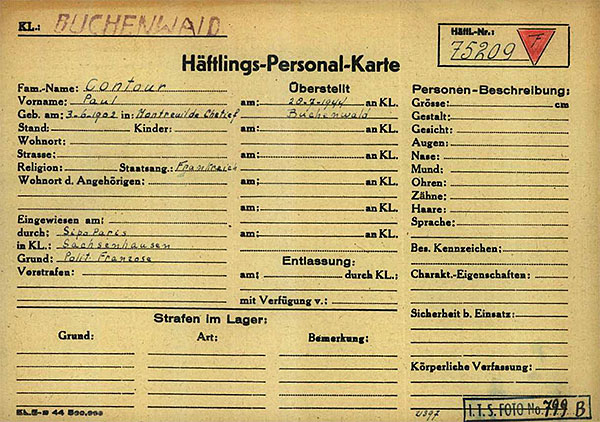
Liberated on: April 13, 1945

8th Armored Division

83rd Infantry Division
Langenstein-Zwieberge

OpenStreetMap service required
to load this map.
OpenStreetMap service required
to load this map.
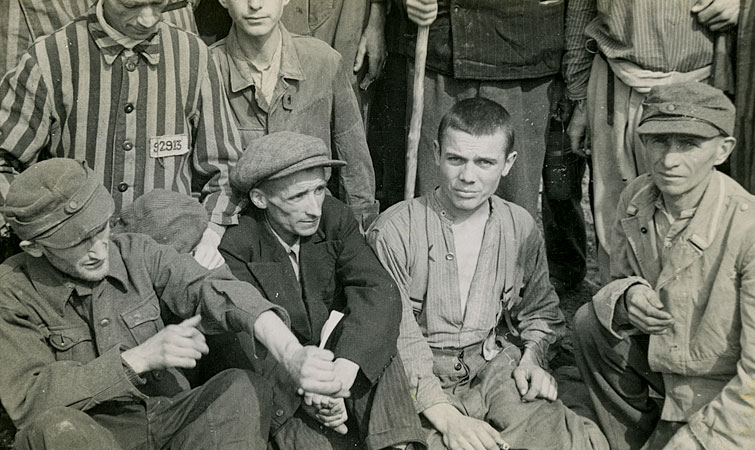
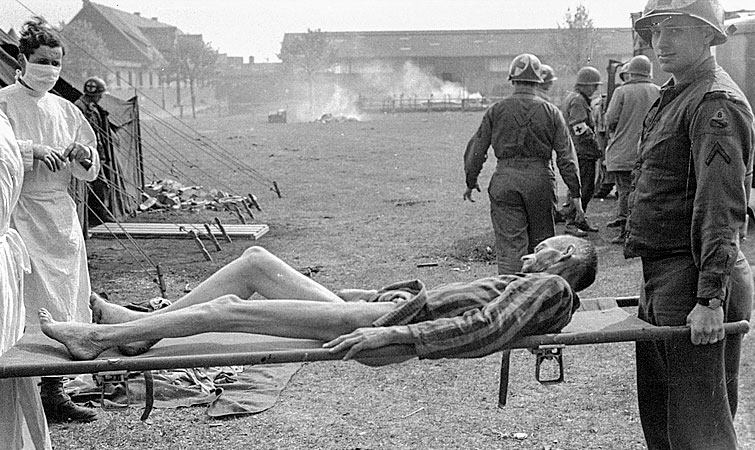
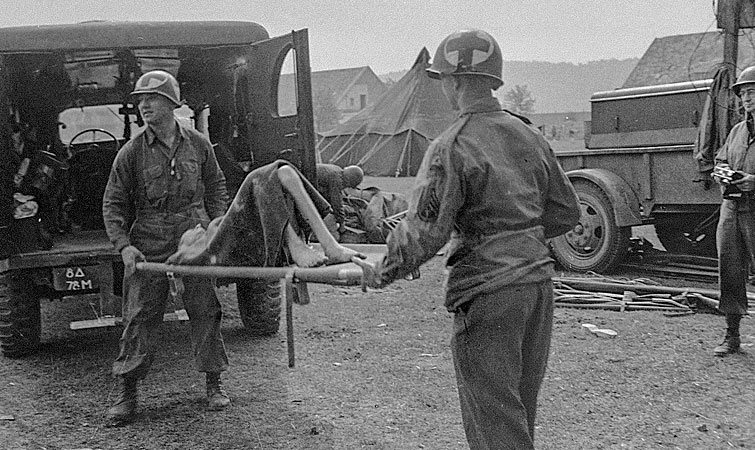
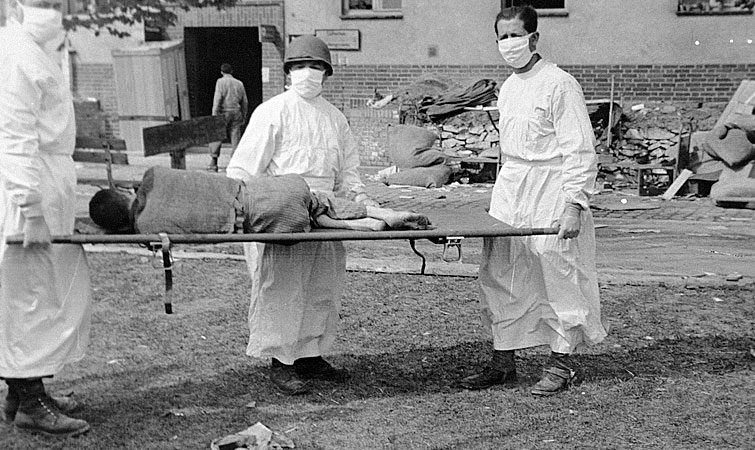
Notable prisoners of Langenstein-Zwieberge
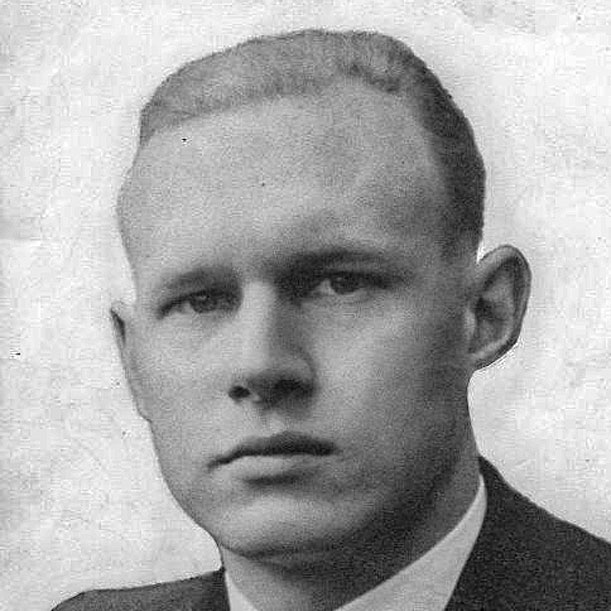
Andries Gerrits Gort
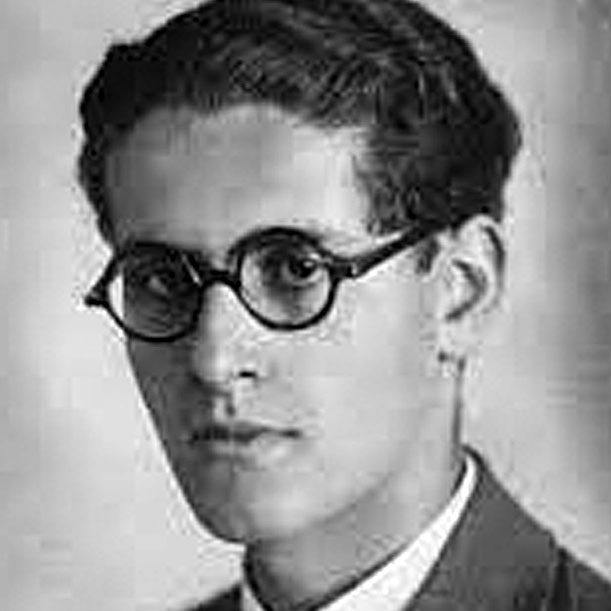
Hans Günther Adler
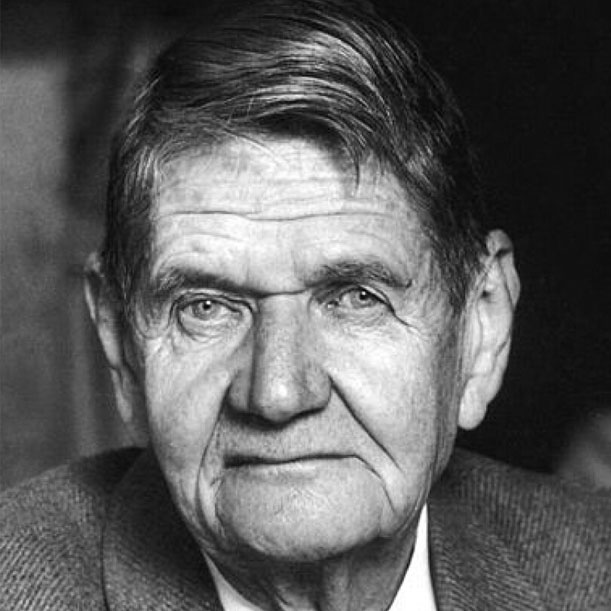
Hélie de Saint Marc
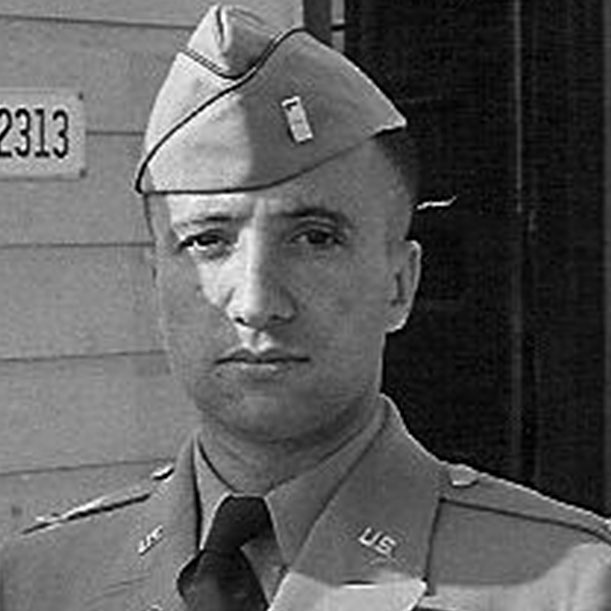
Eddie Willner
Perpetrators of Langenstein-Zwieberge

SS Hauptsturmführer Wilhelm Hoffmann

SS Oberscharführer Paul Tscheu

SS Obersturmführer Wilhelm Lübeck

